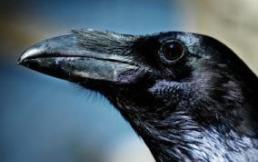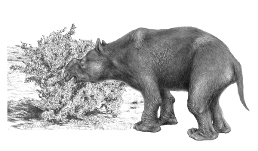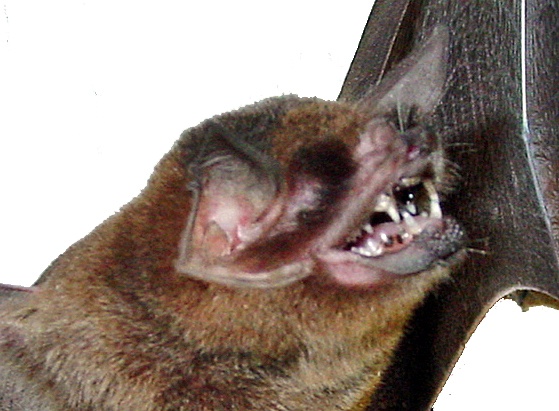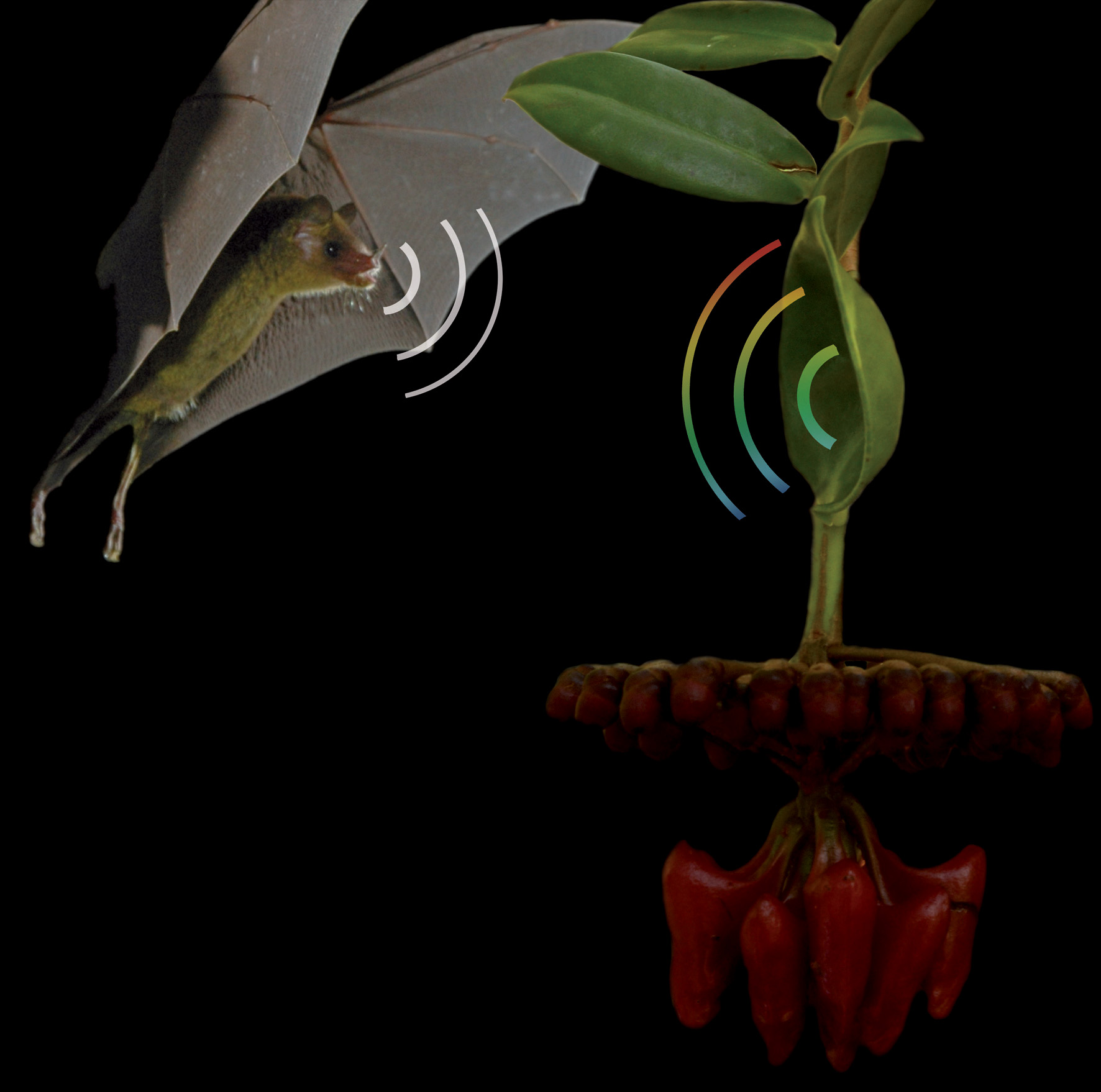Parroting Genes
Birds and people have similar genes for learning and producing vocalizations.





BIRDS & DINOSAURS - Scientists discover T. Rex's feathered cousin, did dino gas warm the ancient earth? And giant fleas that may have pestered the prehistoric giants. Also: why the amorous pursuits of an Australian bird has turned it into a horticulturalist, and how ravens keep track of friend and foe.


SOUND SCIENCE - Can sounds influence dreams? Emotional similarities between music and speech. Does a deeper voice lead people to vote for a political candidate? Baboons that recognize words. And baby goats with accents.



EVOLUTION & EXTINCTION - What really happened to Australia's missing megafauna, how carnivores lost their sweet tooth, why lovelorn fruit flies resort to alcohol, strategic miscarriages in monkeys, and a new frog species is discovered in plain sight.

A combination of smartphones, GPS and radar could help the blind navigate the cities of the future.

ALL ABOUT LANGUAGE - Neuroscientists are beginning to reconstruct what we've heard by listening to brainwaves, how scientists measure language delays around the world, using technology to keep endangered languages vibrant, and a musical instrument that allows you to sing...with your hands, Also: decoding the secret language of worms.
Scientists are beginning to reconstruct the words people hear based on electrical activity in their brains.

BABY SCIENCE - Why babies read lips, and how toddlers' napping habits could affect their mood for the rest of their lives. Also: Do Stradivarius violins really sound better?
The Stradivarius is the violin by which all others are judged. But does it deserve its reputation?

ANIMALS & PEOPLE - Levitating flies, what dogs and babies have in common, how oxytocin makes kinder, gentler monkeys, a fish that mimics an octopus that mimics a fish, and how bats hear with both sides of the brain.

Like humans, bats process some types of sounds on the right side of their brains and other sounds on the left side of their brains.

SOUNDS & SENSES - Researchers replay some of the first audio recordings ever made. Chimpanzees, like humans, associate certain sounds with certain colors. Can your posture affect how you perceive numbers? Pigeons that learn to count. And spiders with brainy legs.
Like humans, chimpanzees associate high-pitched sounds with bright colors and low-pitched sounds with dark colors.
New research suggests that different vowel sounds cue babies in to the size of objects.

A Cuban plant has acoustically-enhanced leaves that help pollinating bats find it in the dark.
